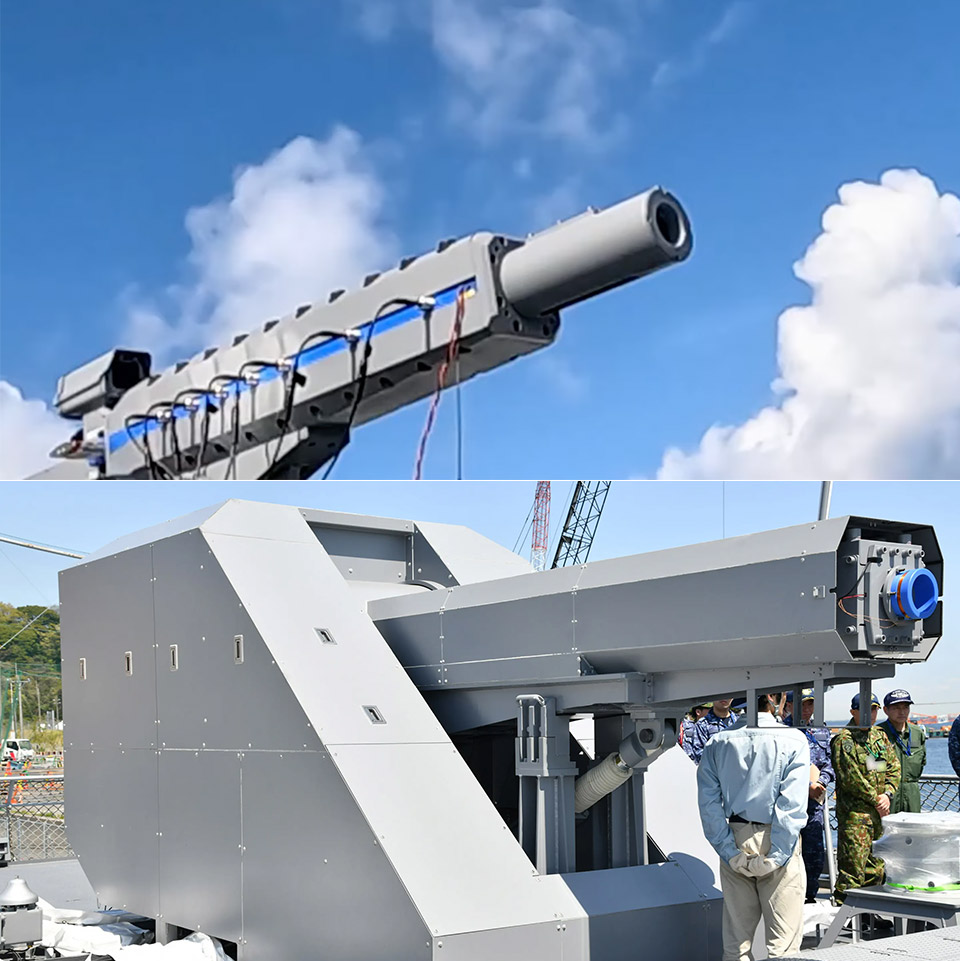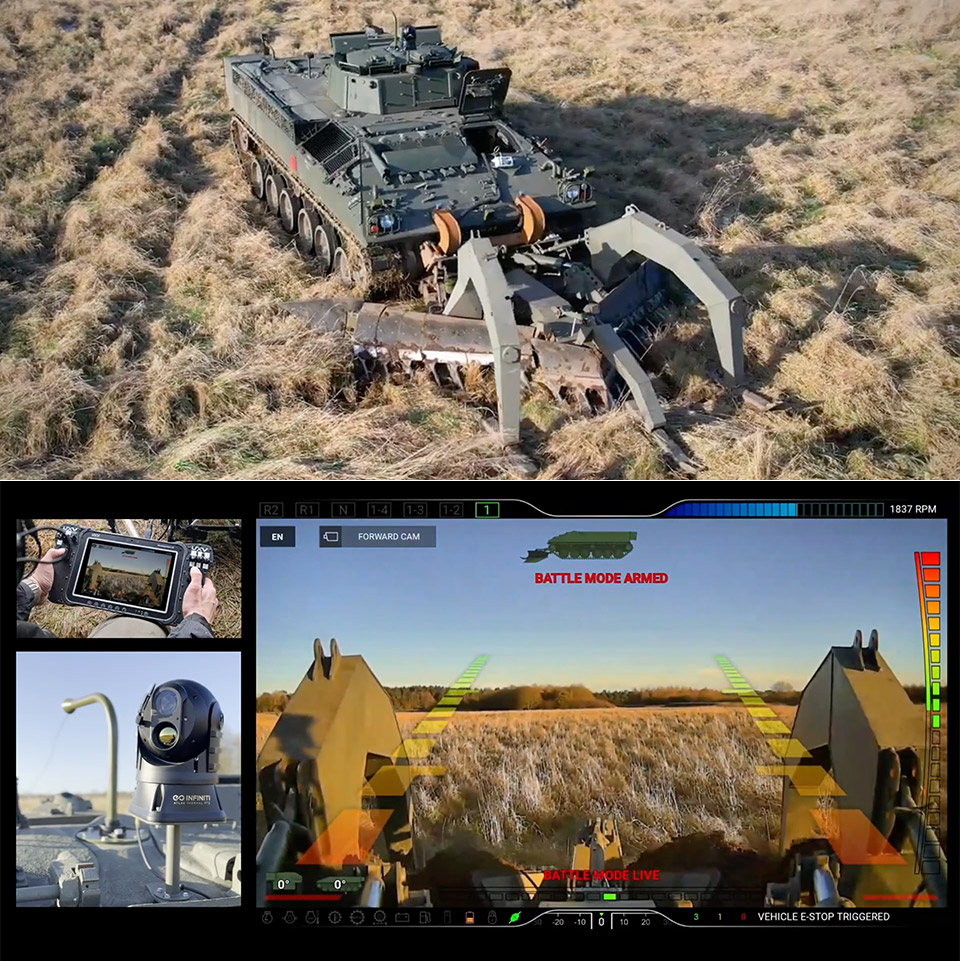
Palmer Luckey, the guy who turned virtual reality into a household name with Oculus, is now shaking up the battlefield with Anduril Industries, his defense tech startup that’s throwing punches at the old-school military giants with a slick, AI-powered vision. His latest creation, the Fury unmanned fighter jet, is a stunning testament to his vision—a sleek, pilot-free wonder that screams next-gen warfare while flexing some seriously impressive engineering chops.

Photo credit: Stratolaunch / Julian Guerra / Stratolaunch / Julian Guerra
Stratolaunch announced that the Talon-A2 completed its second hypersonic flight and recovery in March 2025, after its first in December 2024. These flights, completed over the Pacific Ocean, saw the Talon-A2 achieve speeds in excess of Mach 5 (about 3,836 mph or 6,174 km/h at sea level) and land autonomously at Vandenberg Space Force Base, California.

Japan’s Acquisition, Technology & Logistics Agency (ATLA) has been developing an electromagnetic railgun, and it’s been tested aboard the Japan Maritime Self-Defense Force (JMSDF) test ship JS Asuka. This prototype, weighing 8 tons with a 6-meter barrel, achieved a muzzle velocity of around 2,230–2,500 meters per second (Mach 6.5–7.2) using 5 megajoules (MJ) of energy.

You’ve seen the Bolt-M drone and autonomous Barracuda cruise missiles, now check out what Palmer Luckey’s Anduril Industries is cooking up next: Copperhead. This is a family of high-speed Autonomous Underwater Vehicles (AUVs), and the Copperhead-M is the munition variant, a torpedo-like capability designed for autonomous deployment, which is pretty groundbreaking.

Let’s face it, weaponized drones are a big problem, but the British Army’s Radio Frequency Directed Energy Weapon (RF DEW) aims to change that. This fascinating piece of tech was specifically designed to tackle drone swarms by disrupting or destroying their electronic components.

WEEVIL is an innovative robotic mine plough that the British Army is testing to keep soldiers safer when clearing minefields. It’s run from a distance remotely to dig up explosives without troops having to get close to the danger, a lot better than old ways that need three people to drive big machines right into risky spots.

Rheinmetall’s ARV3 Buffalo is a tough armored recovery vehicle (ARV) based on the frame of the Leopard 2 tank, so it’s super strong and a great support vehicle for modern armored forces. The Buffalo is designed to rescue and fix heavy tracked vehicles like tanks and other fighting machines, and it’s awesome at working in tough spots—like battlefields or disaster zones.

The US Air Force has selected Boeing to develop the F-47, a 6th-generation fighter jet based on the Next-Generation Air Dominance (NGAD) platform. How did this come about? This decision narrowed to between Boeing and Lockheed Martin, with Northrop Grumman having withdrawn from the contest earlier.

Sikorsky, a division of Lockheed Martin, successfully tested their rotor blown wing military drone in both helicopter and airplane modes. This 115-pound uncrewed aerial system (UAS) is powered by batteries and has a twin prop-rotor system that demonstrated operational stability as well as maneuverability across all flight regimes.

PteroDyanmics has secured a $4.65-million contract with the U.S. Naval Air Warfare Center Aircraft Division (NAWCAD) to design, develop, and demonstrate in a maritime environment the next generation of its Transwing VTOL unmanned aerial system (UAS). More specifically, the company’s 330-pound P5 Transwing, which specializes in critical repair cargo.










